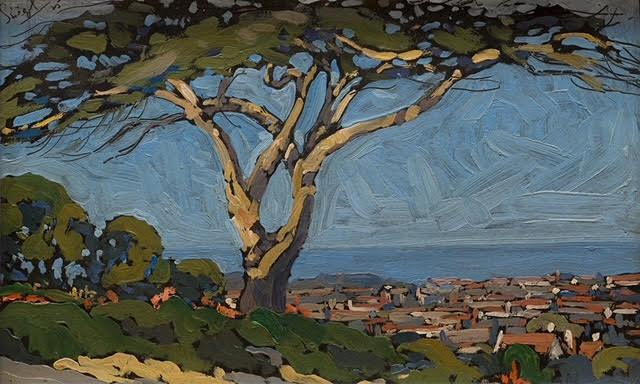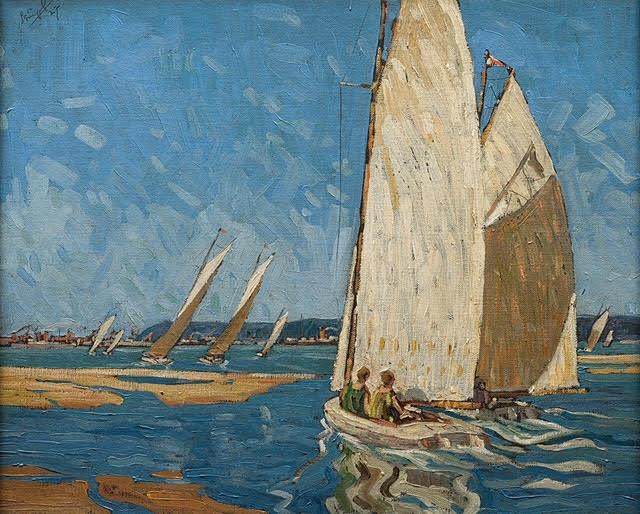
I am keenly interested in Durban history and have a nostalgic attachment to Durban in all its dimensions… port, City, beaches and harbour. Annual Natal South Coast holidays were a ritual in our family in the fifties and sixties, and in my teenage years I twisted my father’s arm to choose a modest Durban hotel as our perch for a brief two or three weeks. My parents turned Durban into an educational experience with visits to factories, the sugar mill, the whaling station, the snake park, the shark research centre, the oceanarium, the Old Fort, the museums and galleries. I adored Durban because it was a place of holiday and learning. There was a special pleasure in wandering around the docks and dreaming of far away places because there were those large cargo ships registered in Panama or Liberia. I cheerfully waved and smiled at salty, brawny stevedores and sailors and thought it would be an adventure of a lifetime to become a stowaway. The yachts anchored at the Durban sailing club raised the bar to my teenage dreams of the ocean life. So with that bit of personal history, this is a book that appealed to me from cover to cover.
Nigel Hughes contacted me and invited me to review his book on the Durban artist, Clément Sénèque, as an exclusive for The Heritage Portal.
I was intrigued by the request as, though keenly interested in South African art, here was an artist I had not encountered before. I was delighted to receive this magnificently produced privately published book telling of the brief, tragically short life of the artist Clément Sénèque who died prematurely at the age of 33 in the Durban Sanatorium in 1930. He was buried in Durban. Sénèque was Mauritian born, but his family came to Natal in the early years of the 20th century, so he grew up in Durban and became an artist and an architect.
Sénèque lived in Paris between 1921 and 1925, but that is a chapter that is not covered in this book. The focus is on the artworks and the beautiful landscape paintings that give a sense of place - mainly Durban as it was in the decade of the 1920s, with a few Cape Town paintings and one of a Mauritian bridge.
Pneumonia cut short a life of a clearly talented man. His legacy is the artworks that have survived. His work is relatively little known or remembered today but the author and publisher, Nigel Hughes together with the respected art historian and specialist auctioneer, Alastair Meredith (who wrote the fine introduction) bring this artist's life and works to a new and receptive readership. The book is also a fine record of Durban during the mature years of the artist, the period 1917 to 1929.
Hughes is a collector of Sénèque’s paintings and in this book describes his personal collection of 40 paintings. It is a superb book with high quality paper and classy colour reproductions showing the fine collection. Each painting has been given a full page (right hand side pages) with a brief but comprehensive description of the painting and the scene on the left hand page.
A comprehensive catalogue of the artworks in the Hughes collection gives details of size, titles, dates, signatures and provenance. There is a useful bibliography and a careful index.
The paintings are oils on canvas or boards, pastels on paper, watercolours on paper and, as Meredith comments, have a unique narrow focus. It’s a contained body of works and arranged chronologically to show the evolution of style. The artist was particularly interested in capturing Durban at work and its industries. Subjects include factories, working ships, a jetty, a power station, an artesian well, a floating dock, a grain gantry, a coal conveyor, timber stacked on a wharf side and engineering girders. All give glimpses of what other artists may regard as harsh on the eye but Sénèque drew out the structural beauty of each subject. There are also paintings of the natural landscape such as the lovely afternoon view of Durban Bay or pastel of the Bay at night. Durban feels tropical, steamy and dreamy in these impressionist style images. My favourite paintings are the ships and ocean going vessels: the coaster at Maydon Wharf, the Euripides repatriating troops to Australia in 1920, the Arundel Castle in 1921, a P&O passenger liner, the Beerima in 1926 or the Royal Mail ship, the Carnavon Castle in 1926.
As an aside, I remembered that my parents and I (a toddler) returned to South Africa (my mother had been a war bride to England) on the Carnavon Castle in 1947 but the ship was rebuilt in the late 1930s and served as a troop carrier in World War II and then as a low cost carrier for immigrant passengers settling in South Africa after the war.
One of the paintings in the collection
I found myself wanting to know more about Sénèque as an architect, particularly his architectural approach to the industrial. There is no coverage of his Durban architecture. This is a regrettable gap. However, I was pleased to find that Sénèque the architect has been written about on Artefacts in a concise entry. We learn here that Sénèque served an apprenticeship with Chick and Bartholomew between 1915 and 1921 when he left for Europe. During his years in France he studied at the Ecole des Beaux -Arts in Paris and worked for the architect and town planner M Alfred Agache. He could have been a draughtsman working on a project for the municipality of Dunkirk, and similarities between pre-war Dunkirk and Durban are striking. Both being harbour dominated, regional trading ports. Sénèque married in France but returned to Durban in 1925 and set up his own architectural practice at 17 Ansteys Building. Those years of being a struggling little known architect could not have been easy and the Artefacts entry makes reference to competition entry project designs - there was an entry for a Durban City of Light competition. He produced drawings for an Indian War Memorial in Durban but this appears not to have been realized. It appears he designed a couple of houses in Spanish Mission style. Perhaps these were years when art and architectural interests competed and art came first. In 1927 Sénèque held his first one man exhibition with E Lezard in Johannesburg and it is not surprising that his work as an artist is better known than his architectural oeuvre. I would love to know if he painted the Johannesburg townscape and its mine dumps and headgears.
If you enjoy pouring over images that combine a sense of place, some nostalgia, the natural beauty as well as a glimpses of an evolving port city you will enjoy this book. It adds to giving the artist a place in the line up of significant South African artists.
Strauss and Company included some Sénèque works in a recent auction sale. There was a book of Sénèque woodcuts prints on sale, produced in 1926 and now most collectible. The Hughes book whet my appetite to put in a bid.
Congratulations to Nigel Hughes and his contributors Alastair Meredith (introduction) and Michele Jacobs (layout) for adding to South African art history.
The book is available in Johannesburg at James Findlay's bookshop at the Rand Club in Loveday Street and retails at R650. It can also be purchased from the author at mertrade@iburst.co.za. Add R100 for Postnet delivery.
Kathy Munro is an Honorary Associate Professor in the School of Architecture and Planning at the University of the Witwatersrand. She enjoyed a long career as an academic and in management at Wits University. She trained as an economic historian. She is an enthusiastic book person and has built her own somewhat eclectic book collection over 40 years. Her interests cover Africana, Johannesburg history, history, art history, travel, business and banking histories. She researches and writes on historical architecture and heritage matters. She is a member of the Board of the Johannesburg Heritage Foundation and is a docent at the Wits Arts Museum. She is currently working on a couple of projects on Johannesburg architects and is researching South African architects, war cemeteries and memorials. Kathy is a member of the online book community the Library thing and recommends this cataloging website and worldwide network as a book lover's haven. She is also the Chairperson of HASA.

